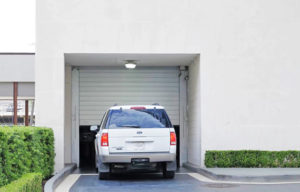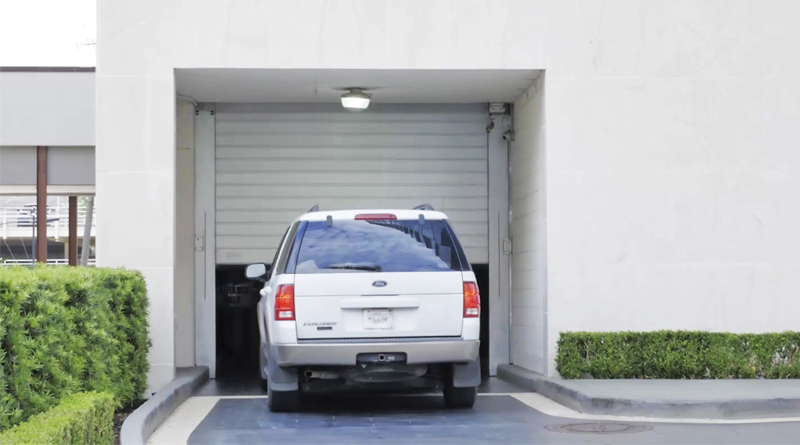By Michael Watkins
Opening and closing doors in health care facilities can expend huge amounts of energy. Trying to decide what kind of door should protect a health care facility or loading area comes down to two conflicting issues. Does the facility owner opt for a door that stops heat transfer or a door with a functional design that does not impact foot traffic?
Sustainable design is also a big issue for health care facilities. At the beginning of this decade, there were a handful of health care facilities that were committed to saving energy and now practically every business has a sustainability program that includes LED lights, green roofs, water reclamation, solar panels, and programs that encourage employees to bike to work.
Perhaps, some of these facilities might have also completed their solar panel payback period, and are ripping profits from their solar panel installation. By switching to these energy-saving methods, many health care facilities are trying to find ways to mend their carbon footprints.

Most building owners and managers make building envelope improvements as part of an ongoing comprehensive energy efficiency program. These improvements tend to rank near the top of the facility’s to-do list since they also generally provide an attractive return on investment.
The U.S. Department of Energy found that building improvements can reduce annual energy costs by as much as 36 percent in heating dominant climates. No doubt the savings are similar to that for facilities that must provide building comfort for locales on the opposite end of the thermometer.
At the same time there is the consideration of door opening speed. Conventional wisdom is that a thick door is necessary to prevent heat transfer when the door is closed. There are very fast doors, however they are not as thick, but that provide additional benefits.
So, the question comes down to this: If this doorway is covered with a slow and insulated door, does efficiency suffer? This takes us back to the dilemma of choosing the kind of door for this type of application. A recent study by the Door and Access System Manufacturers Association (DASMA) provides criteria for making this decision.
After a two-year project featuring third-party lab testing, DASMA developed a method to demonstrate the efficiency of high-speed doors in building envelope energy calculations. The model for performance testing and evaluation was a prototypical, high-speed fabric door.
These findings follow research from 2012 on the relationship of high-speed doors to the provisions of American Society of Heating, Refrigerating and air conditioning Engineers (ASHRAE) 90.1, Energy Standard for Buildings except Low-rise Residential Buildings, for non-residential buildings. Overall, DASMA noted that high-speed doors could significantly help achieve energy saving goals.
The DASMA research revealed a new perspective in evaluating door energy efficiency and took into consideration common U-factor, air leakage, and motor horsepower values in a comparison of high-speed doors to conventionally operating insulated doors. The study showed that high-speed doors become more efficient when cycled 55 or more times per day.
With large doors opening and closing every few minutes, massive amounts of heating and cooling energy escape the building, compromising the building envelope. That loss can amount to thousands of dollars in energy costs, in addition to making the systems that condition the air work harder. Even if these buildings have the most efficient HVAC systems installed by experts, like Morris Jenkins, for example, the extra strain placed on appliances could cause them to need repairs prematurely.
Rapid door speed minimizes energy loss by exposing the doorway for just seconds. According to recently released research from DASMA, the ability of high-speed doors to minimize air infiltration when cycled at least 55 times daily can exceed the energy savings of a slow, insulated door.
Michael Watkins is the vice president of Jackson, Wis.-based Rytec Doors, a leading manufacturer of high-speed, high-performance doors. Watkins can be reached at info@rytecdoors.com or by calling 262-677-9046.






